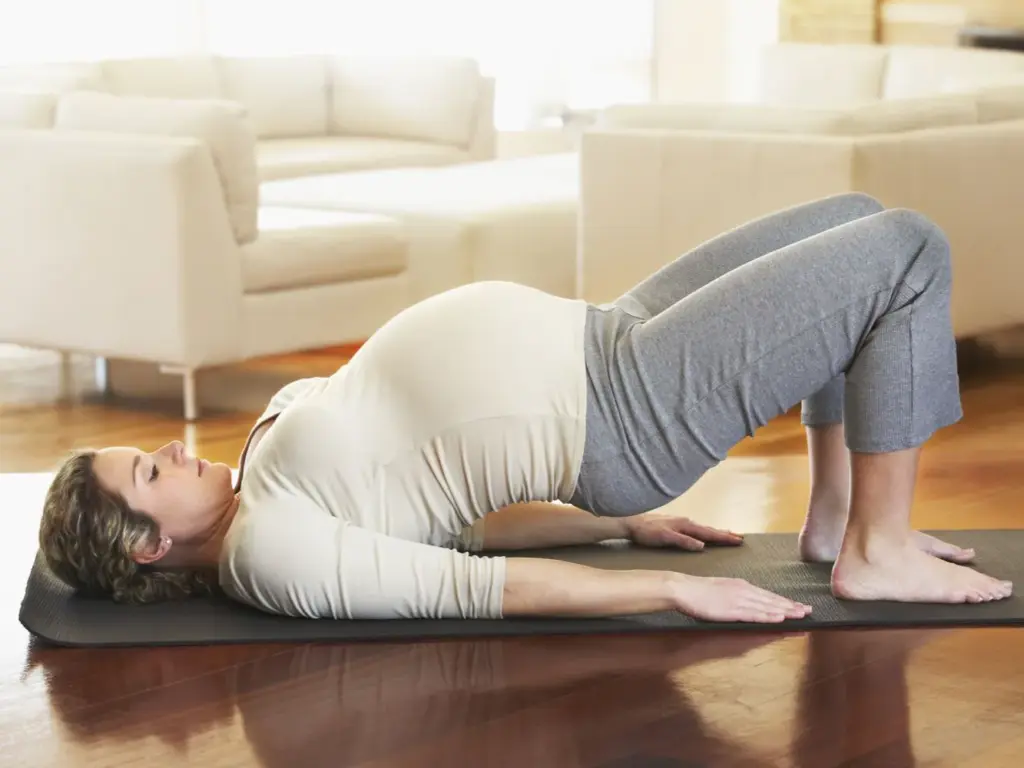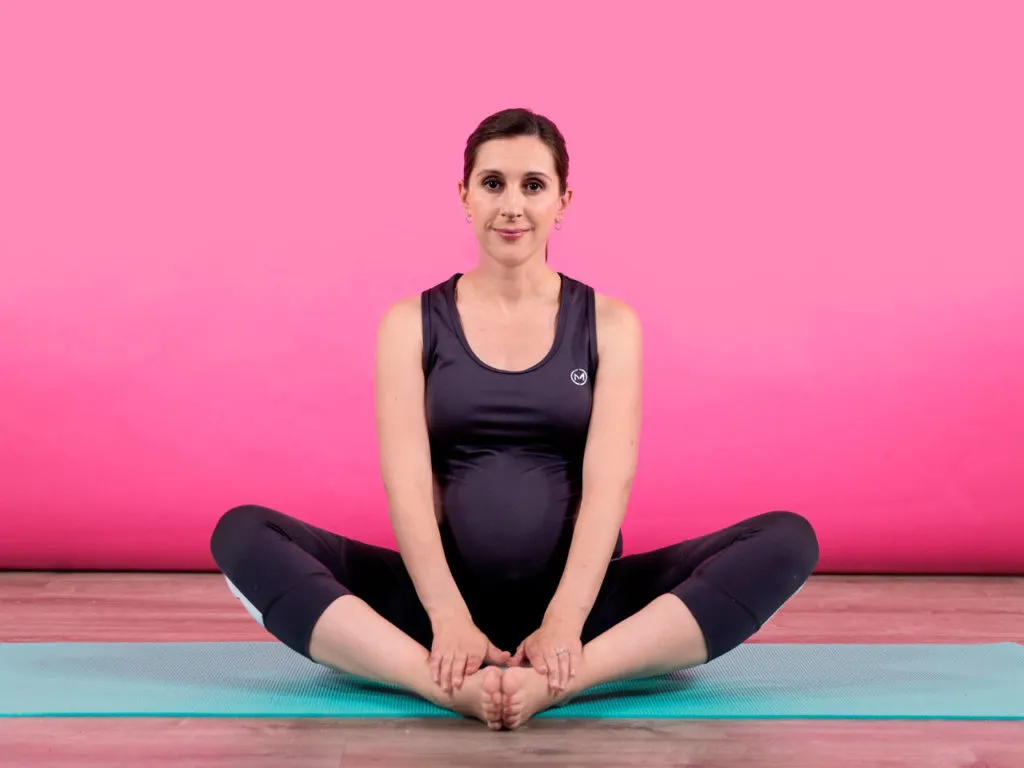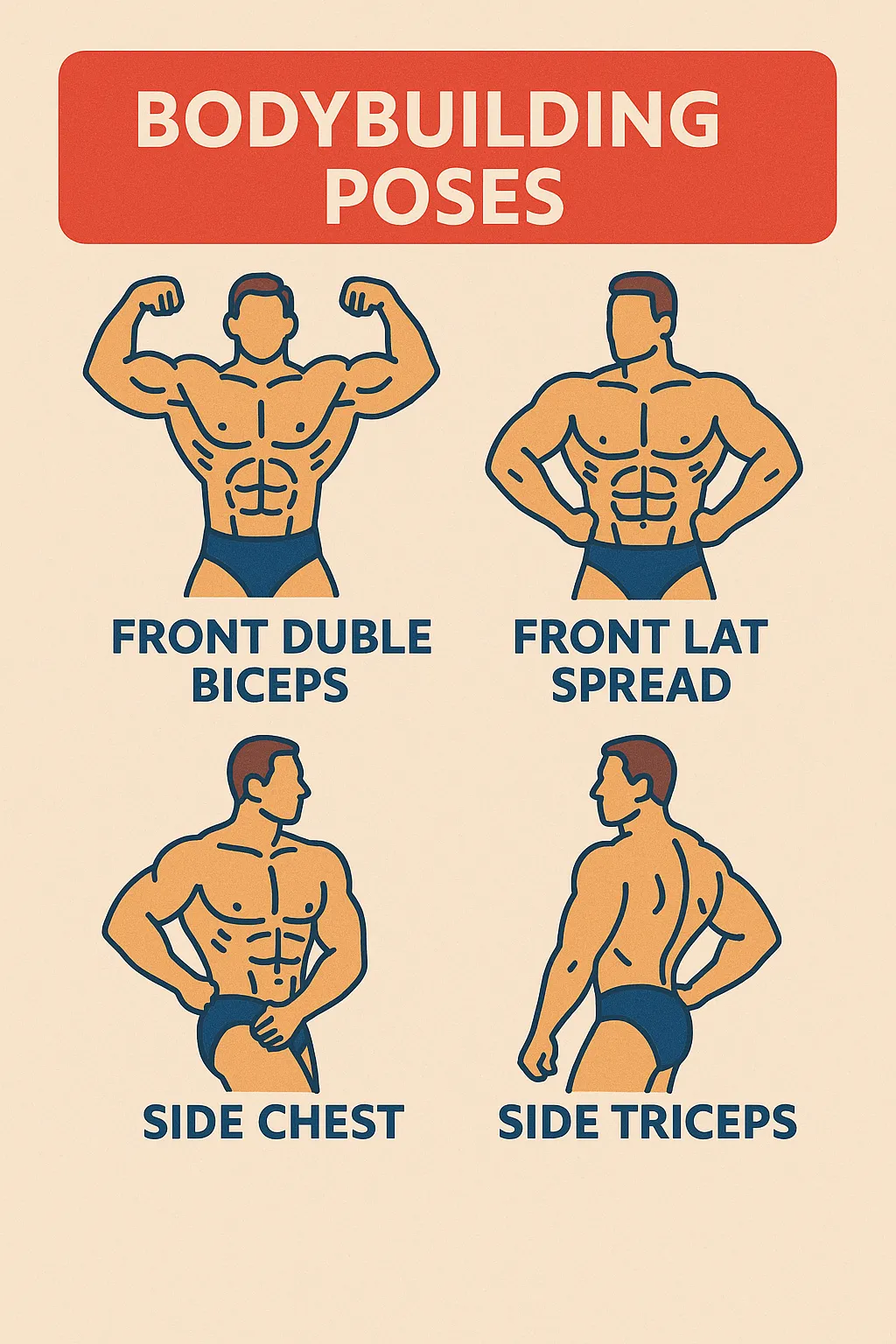Congratulations on your pregnancy! This is a special time in your life, and it is more important than ever that you look after your body. Antenatal exercises can help you feel more comfortable, relieve aches, and get your body ready for giving birth.

In this guide, we will show you the best antenatal exercises and provide you with simple, sensible tips to keep you safe and comfortable.
Why Are Antenatal Exercises Important?
Antenatal exercises are custom-made exercises that maintain the pregnant mother’s health, reduce pregnancy pain, and prepare her for giving birth. A few of the prominent benefits are:
• Improved Posture and Less Back Pain – Pregnancy changes your center of gravity, which could stress your lower back. Exercises can make muscles stronger and assist in maintaining your posture.
• Stronger Pelvic Floor Muscles – Your bladder, bowel, and uterus are supported by these muscles. They can prevent incontinence and ease labor if strengthened.
• Improved Circulation – Regular movement prevents swelling of the legs and varicose veins.
• Increased Energy and Improved Sleep – Exercise can reduce tiredness and lead to better sleep.
• Less Painful Labor and Recovery–Your body will heal faster after giving birth, and labor may be less painful with stronger muscles and better endurance.
Best Antenatal Exercises
You don’t have to be a health expert to benefit from antenatal exercises. These simple exercises are safe and effective for most pregnant women:
1. Pelvic Floor Exercises (Kegels)
Your pelvic floor muscles support your baby during pregnancy and play a crucial role in labor. Strengthening these muscles can prevent urine leakage and improve recovery after birth.
How to do it:
• Sit or lie down in a comfortable position.
• Tighten the muscles as if you’re stopping yourself from urinating.
• Hold for up to 10 seconds, then slowly release.
• Repeat 10 times, three times a day.
2. Walking
Walking is among the most uncomplicated and safest pregnancy exercises. Walking increases cardiovascular health, enhances circulation, and maintains weight.
Tips:
• Wear comfortable shoes.
• Walk along even ground to prevent falls.
• Drink water to stay hydrated.
• Do not walk in hot weather.
3. Prenatal Yoga
Yoga enhances flexibility, alleviates stress, and tones muscles. Yoga also enhances breathing techniques, which come in handy during labor.
Best yoga poses for pregnancy:
• Cat-Cow stretch: Relieves back pain and enhances flexibility.
• Butterfly stretch: Opens the hips and improves circulation.
• Side stretches: Relieves rib pain and aids breathing.
Steer clear of deep backbends or compressing poses that squeeze your belly.
4. Swimming
Swimming is a gentle, low-impact exercise that reduces joint pain and supports your growing belly. It improves cardiovascular strength and muscle tone without overexerting your body.
Safety tips:
• Swim in clean, healthy water.
• Shun diving or jumping into the water.
• Be careful on slippery surfaces.
5. Strength Training
Lightweight training will help to avoid loss of muscle tone and support your joints. Body weight, resistance bands, or light dumbbells can be used.
Safe exercises:
• Squats (strengthen legs and pelvic floor)
•Wall push-ups (tones arms and chest)
• Seated leg lifts (strengthens core)
Steer clear of heavy lifting or straining exercises for your abdominal muscles.
Tips for Safe Antenatal Exercises
Pregnant exercising is a positive thing, but do it safely. Here are a few tips for keeping yourself and your baby safe:
1. Listen to Your Body
If you find yourself in pain, dizzy, or having trouble breathing, stop immediately. Your body is adjusting, and you must be aware of your boundaries.
2. Stay Hydrated
Hydrate using plenty of water before, during, and after exercising to prevent dehydration.
3. Avoid High-Impact Activities
Avoid activities that involve jumping, fast movement, or falling (such as skiing, contact sports, or high-impact aerobics).
4. Dress Comfortably
Wear loose, well-ventilated clothes and supportive shoes to prevent discomfort.
5. Avoid Lying on Your Back After 16 Weeks
Lying on your back may compress a major blood vessel, reducing blood flow to your baby. Try side-lying exercises instead.
6. Warm Up and Cool Down
Always begin with slow movements, such as shoulder rolls and walking. Finish with gentle stretching to avoid stiffness.
7. Discuss With Your Doctor or Midwife
Before initiating any exercise regimen, discuss it with your doctor or midwife to ensure that it is safe for your pregnancy.
Common Pregnancy Discomforts and How Exercise Relieves Them
Certain common pregnancy discomforts can be relieved with the correct exercises.
• Back Pain: Attempt gentle stretches and strengthening exercises such as pelvic tilts and cat-cow stretches.
• Swollen Ankles: Circulation can be enhanced by walking and doing basic foot exercises.
• Leg Cramps: Stretching and hydration can avert cramps.
• Constipation: Exercise and a high-fiber diet can normalize digestion.
• Mood Swings and Stress: Prenatal yoga and deep breathing exercises can keep you calm.
Final Thoughts
Staying active during pregnancy has many benefits, from keeping aches and pains to a minimum to preparing your body for labor. Low-impact exercises like walking, yoga, and strength training can do wonders as far as your state of being is concerned.
Always listen to your body, follow safety guidelines, and consult with your physician before starting anything new. By taking really good care of yourself now, you’re not just ensuring your optimum start but that of your baby as well. Enjoy your pregnancy experience and be strong!







